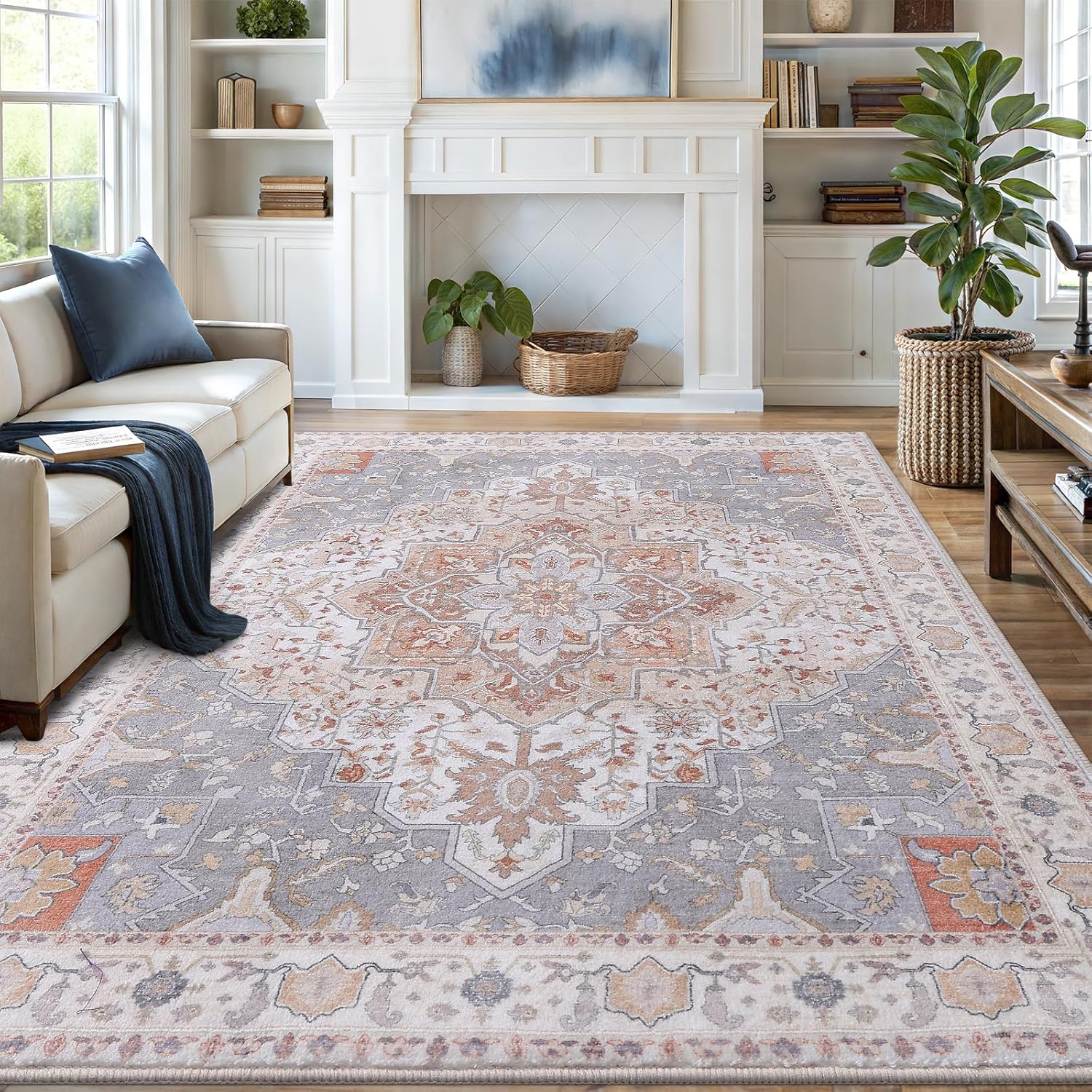Yes, vinegar mopping can effectively remove mold and mildew from floors due to its antifungal properties and ability to kill spores.
Vinegar is a powerful natural cleaner that can effectively remove mold and mildew from floors when used correctly. Its acidic nature makes it a potent disinfectant, but proper application is key for best results.

How Vinegar Works Against Mold and Mildew
White distilled vinegar contains 5-8% acetic acid, which gives it antimicrobial properties. Studies show vinegar can kill:
- 82% of mold species
- 99% of bacteria
- 80% of viruses
The acid breaks down mold at a cellular level and creates an inhospitable environment for future growth. Unlike bleach, vinegar penetrates porous surfaces to kill mold roots.
Best Vinegar Solution for Floor Cleaning
For mold removal, use undiluted white vinegar. For regular maintenance cleaning, mix:
| Floor Type | Vinegar Ratio |
|---|---|
| Tile/Grout | 1:1 vinegar to water |
| Hardwood | 1/4 cup vinegar per gallon water |
| Laminate | 1/2 cup vinegar per gallon water |
For more on proper dilution, see our guide on vinegar to water ratios for mopping.

Step-by-Step Mold Removal Process
1. Prepare the Area
Remove all furniture and rugs. Open windows for ventilation. Wear gloves and a mask if sensitive to mold spores.
2. Apply Vinegar Solution
For severe mold:
- Spray undiluted vinegar directly on affected areas
- Let sit for 1 hour without drying
- Scrub with stiff brush
3. Deep Clean the Floor
After treating mold spots:
- Mop entire floor with vinegar solution
- Pay extra attention to grout lines and corners
- Change cleaning water frequently
4. Prevent Future Growth
Keep floors dry and improve ventilation. Consider using a dehumidifier in damp areas.
When Vinegar Isn’t Enough
While vinegar works for surface mold, severe cases may require:
- Sanding for wood floors with deep mold penetration
- Bleach solution for non-porous surfaces (1 cup bleach per gallon water)
- Professional remediation for large affected areas (>10 sq ft)
According to EPA guidelines, extensive mold growth may require professional removal.
Safety Considerations
Avoid mixing vinegar with:
- Bleach (creates toxic chlorine gas)
- Hydrogen peroxide (creates corrosive acid)
- Castile soap (causes curdling)
For natural cleaning alternatives, see our guide on eco-friendly cleaning supplies.
Maintenance Tips to Prevent Mold
- Wipe up spills immediately
- Use exhaust fans in bathrooms
- Clean floors weekly with vinegar solution
- Fix leaks promptly
- Allow furniture to breathe (don’t place directly on floor)
Regular cleaning with vinegar creates an environment that discourages mold growth while being safe for most floor types when used properly.

Vanmoos 6×9 Machine-Washable Area Rug — Artistic Flair / Beige
Low-pile, non-slip rug that minimizes pet hair collection and makes quick cleanup part of your routine.
Affiliate link — may earn a commission at no extra cost to you.
